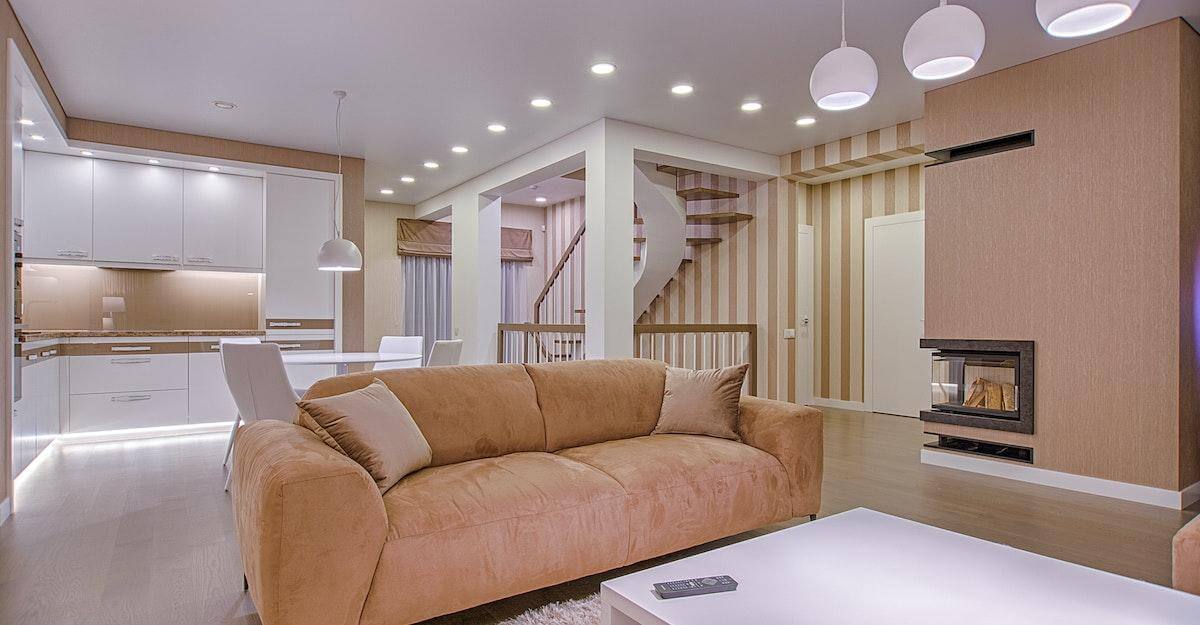When deciding on lighting for your home, there are few things to consider. Lighting can help bring atmosphere and create atmosphere in a room. Let’s talk about the intensity of light, types of lights and how they will suit your home
If you need lighting to study or view detail, that will first and foremost, guide the lighting you will be purchasing. Or if you simply need to create a relaxing mood, you might choose less intense lighting.
Your kitchen, bathroom, office or study area will generally need bright lighting. Lighting in bedrooms, living room and dining room may be softer. However, you may want brighter options in those same rooms when you need more lighting for certain activities. For example, if you’re doing craftwork or other detail-oriented tasks at the dining room table, you’ll want the option of having brighter light.
If you’re deciding on what type of bulbs you need, let’s consider three types: incandescent, fluorescent and halogen. Incandescent provide a much softer light than flourescents, but they burn hotter, use more electricity and need to be replaced more frequently. Fluorescent lighting is more cost-effective, but produces a more harsh light. This type of light is typically used in areas that require bright lighting – possibly in workshops, offices and even the kitchen. Halogen lighting appears more natural and mimics sunlight, which is a unique feature. It is more expensive, but uses less energy and burns longer than incandescents. However, consider that halogens burn very hot and may bring up some safety issues.
When deciding how much light your room will need, you can perform this simple calculation:
Room Length X Room Width X 1.5 = Number of Watts Needed
In other words a 10 x 10 room should have 150 Watts of light. That means a light fixture of 2 or 3 60-watt bulbs (with 2 being rather dim) would do the job. If you need more light in a room, you’ll want to increase that wattage.
Whether you choose ceiling lighting (track lighting or chandelier, for example), wall lamps, floor lamps, table lamps or a combination of all those things will depend on your personal style and the space in your home. As mentioned earlier, overhead lighting can always provide more intense lighting, when needed. It can be set on a dimmer or you can choose to have the lamps in the room to provide more subtle lighting when you prefer.
If you have special decorative pieces or artwork you’d like to accent, consider spotlights. You might try a halogen light that mimics sunlight to provide a natural look or you may find an incandescent light works best.
Before shopping for lighting, determine your room’s size, the function of your room and the mood you want to set. That will help you choose just the right lighting for you room.



